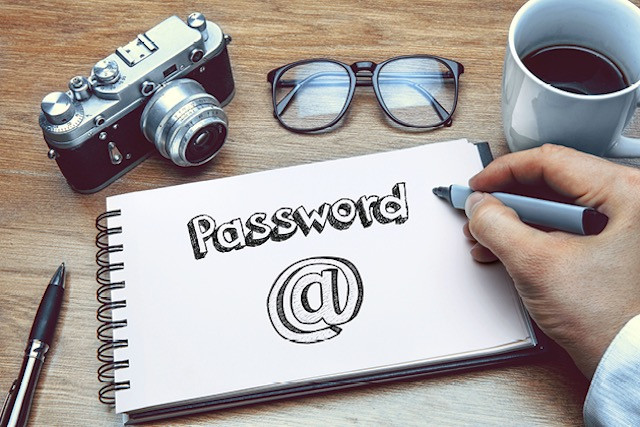1. Use common sense
A good firewall isn’t enough to protect you. You are your own best defence against cybercriminals. Received a phone call supposedly from Microsoft’s technical service? Or an e-mail asking for your bank details? These are just some of the tricks that cybercriminals have devised to gain access to your PC and your confidential data. So, always be on your guard and use common sense!
TIP: If someone asks for your bank info? Never give out your access codes! When in doubt, call your bank.
2. Regularly update your software
Your mobile phone, tablet, computer, or applications regularly ask you to run updates. Their purpose isn’t just to make the device or application look better or be more efficient or faster. They also give the manufacturer the opportunity to eliminate vulnerabilities in the technology. By regularly updating your devices, you make things a little more difficult for hackers. Therefore, run as many updates as possible for devices connected to a network.
3. Create a strong, unique password
Why not use several words with spaces, symbols, and numbers as a password? A password that is impossible to guess is more difficult for hackers or malicious computer programs to crack. It’s therefore very safe. Also make sure to use a different, unique password for each online account, application, and device.
TIP: If possible, set up two-step authentication! This will keep you better protected. Not sure how it works? Facebook, Gmail, and other services often offer this additional level of security and provide detailed explanations of what you need to do to enable it for their services.
4. Encrypt your data
Encrypting your data may seem a bit excessive, but it really works. Encryption is a simple, effective way to protect your confidential data.
You can encrypt two types of data:
- Data at rest: data on your hard drive and flash drive.
Most operating systems offer a function to encrypt the entire disk. This will allow you to automatically encrypt your data at rest. - Data in motion: data sent from your device to someone else.
For data in motion, look for the closed padlock icon or go to an address that begins with “https”. You’ll then be certain that your data are safe.
5. Backups: they “save your life”
Has your device or account been infected with a virus or hacked? Unfortunately, there’s only one way to permanently eliminate all malware: erase all the data and perform a new installation. Fortunately, you back up regularly, right?
Don’t put off backups to later. If possible, verify that your device backs up automatically. This will ensure that you never lose your important data or valuable photos.
